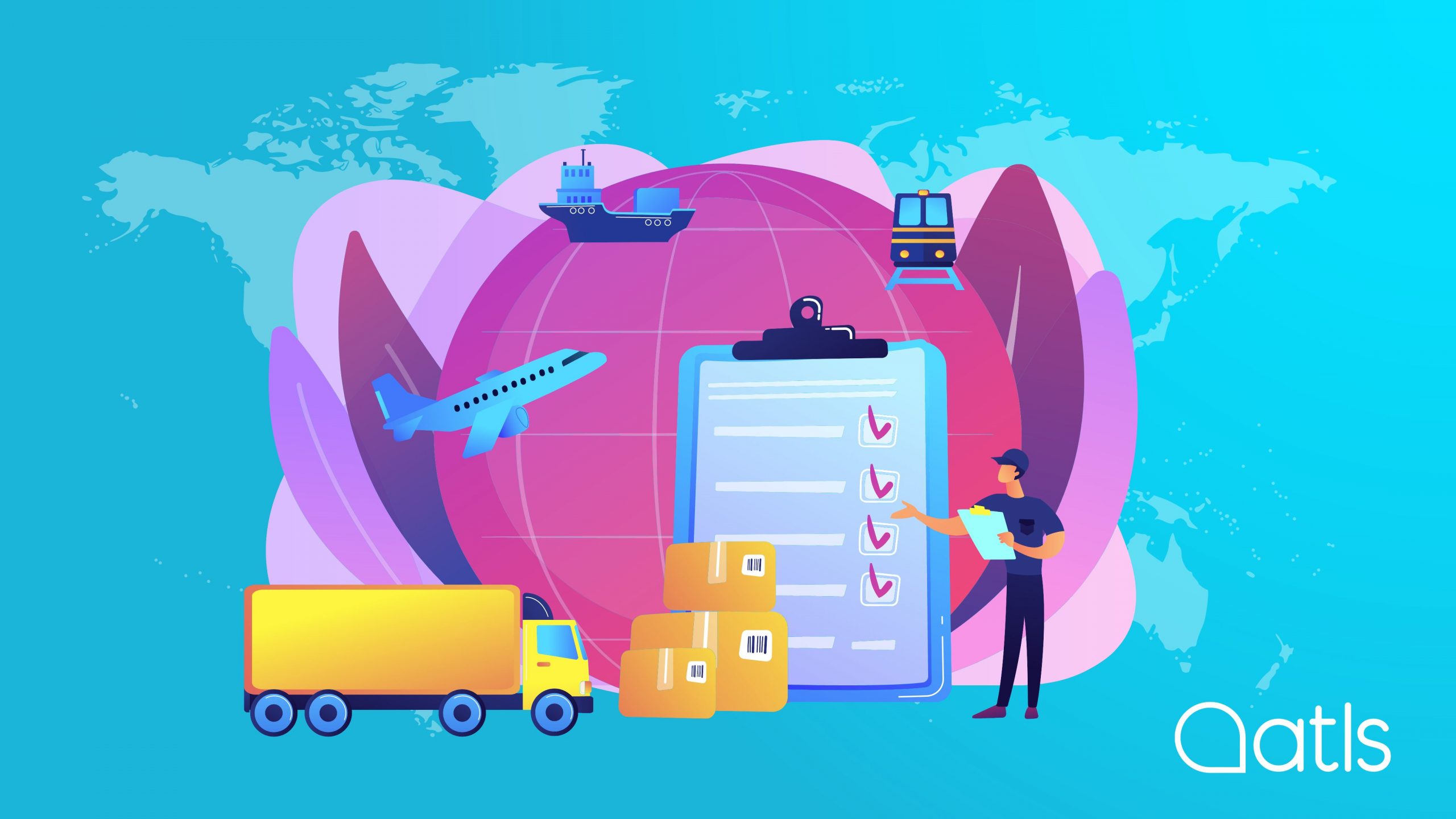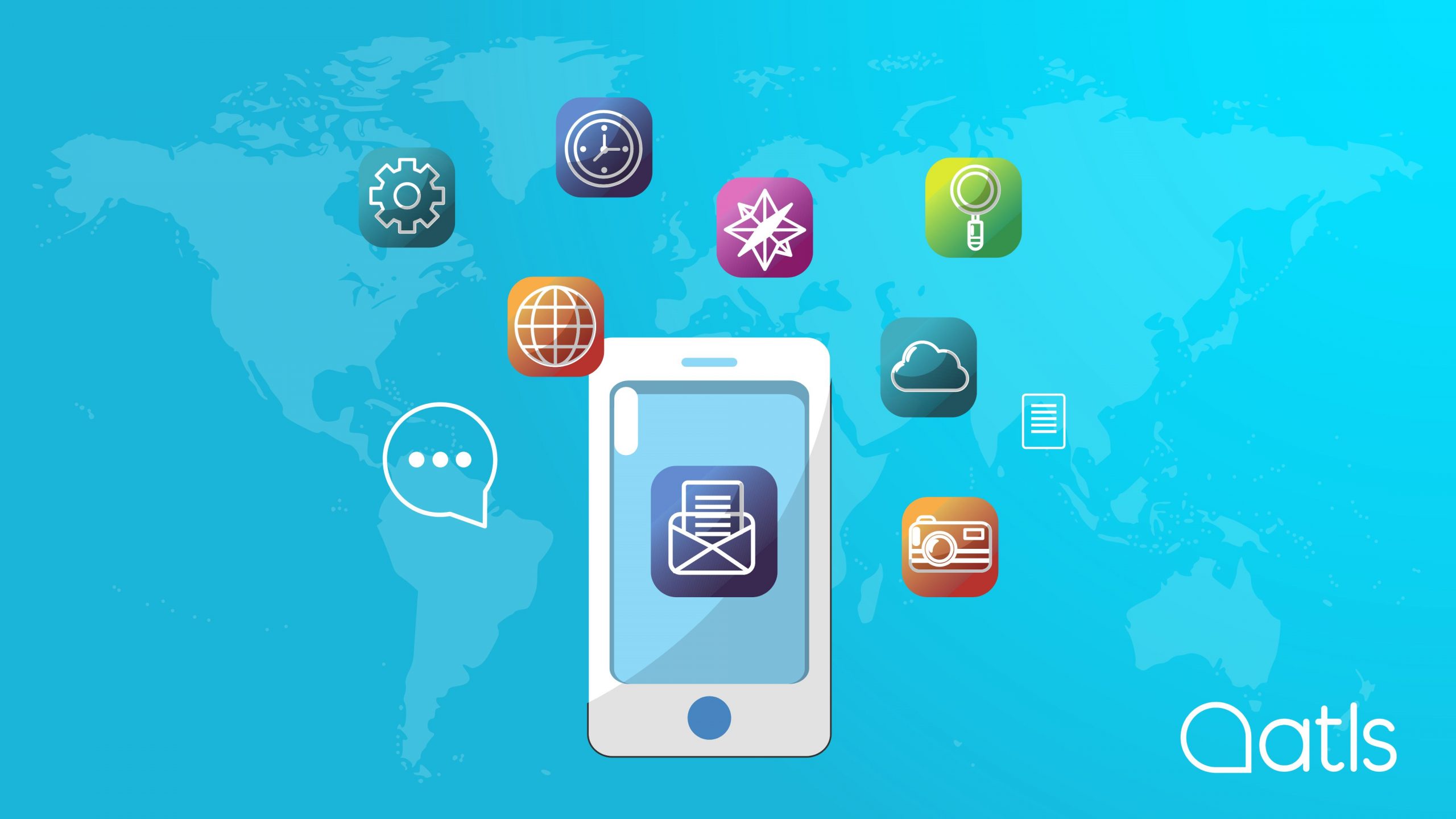Translation trends in 2022

Unfortunately, the pandemic is still very present today and, at this point, many companies have inevitably had to adapt to this situation of ongoing uncertainty. The companies who will see the most positive change are those who use online channels. The fact that anyone, anywhere in the world can access a website and click on the shopping cart has opened up new opportunities worldwide. It goes without saying that doing business internationally requires investment in quality website translation. This is how you reach your target audience! Below, we'll share our predictions for the trends in translation in 2022.
Localisation of online businesses
The global e-commerce sector experienced an increase in sales from 16% to 20% in 2020, according to data from the CNMC. Globally, e-commerce sales topped 51,600 million euros, an increase of 5.8% on the previous year. We expect these figures to continue to rise in 2022.
When we look at these numbers, it is clear that the future is in digital business. Many companies are aware of this and have already begun to change their approach to the online sphere.
Doing business globally means that borders are no longer limits. It is now easier than ever to reach new markets. To do this successfully, it is important to include the localisation of your e-commerce in your company's strategy.
Translation of e-learning platforms
"Every cloud has a silver lining". This is true for online training companies, as the pandemic has offered them an opportunity for exponential growth. In fact, according to a study by the University of Navarre, they have grown by 900%. One of the great advantages of online learning tools is that everyone can access their content, no matter where they are in the world. As this format is becoming more commonplace, e-learning companies and schools have become one a key translation trend in 2022. This allows training academies to open their doors to students the world over, rather than only locally as was the case before the pandemic.
Subtitling and translation
In 2022, videos represent more than 82% of the content consumed by Internet users. Therefore, translating subtitles is starting to become a necessity.
Is it worth it to translate the subtitles of a video? Of course it is! To start, you can make your video content accessible to new audiences and markets. Instead of opting for dubbing (which tends to be more expensive), you can translate your subtitles into the target language.
It also worth considering that people sometimes watch videos without sound (if they are in a public setting, for example) and subtitles can also be useful in this instance. What do we do when we find a video without subtitles when we're in a situation in which we cannot activate the sound? We skip the video. At ATLS, we don't want your videos to be ignored just because they have no subtitles!
Translation of SEO
Companies hoping to globalise their business need to think about translating their international SEO strategy. International SEO is a scalable and profitable tactic. As Neil Patel explains, "There is already a lot of English content, but there is not enough in other languages, although most people in the world don't speak English." Therefore, a multilingual SEO strategy is an important step along the road to success.
What is multilingual SEO?
It refers to the practice of optimising SEO content in several languages and aims to increase the organic search results for a specific language.
Multilingual SEO optimisation strategies include:
- SEO on page: content localisation, keyword optimisation, translation of alternative texts/metadata, etc.
- SEO off page: construction of multilingual links, social networking, translation of reviews, local SEO, etc.
- Technical SEO: linguistic and geographical orientation, website analysis, etc.
Technology to add value to translation
Efficient translation management, as part of a company's internationalisation efforts, is not an easy task. The person charged with this task often has a lot of other responsibilities and has to deal with the constant back and forth of emails to translators or translation companies. It's an endless amount of admin with little added value, and it can be rather tedious. Therefore, large translation companies like ATLS must use technology to provide efficiency and transparency (both as regards translation status and costs).
Thanks to the technology used to manage translations effectively, many of our clients have seen how a cumbersome process can be transformed into a quick and simple task. This has benefited them in terms of time investment and has exponentially increased their control over translation costs and resulted in significant savings.
These translation trends are ready to transform the sector in 2022
With constantly evolving translation technology, we can expect major changes in 2022 and the years that follow. But let's focus on 2022 for now! We all want to know what this year will bring, so look out for some new ATLS features coming soon.




